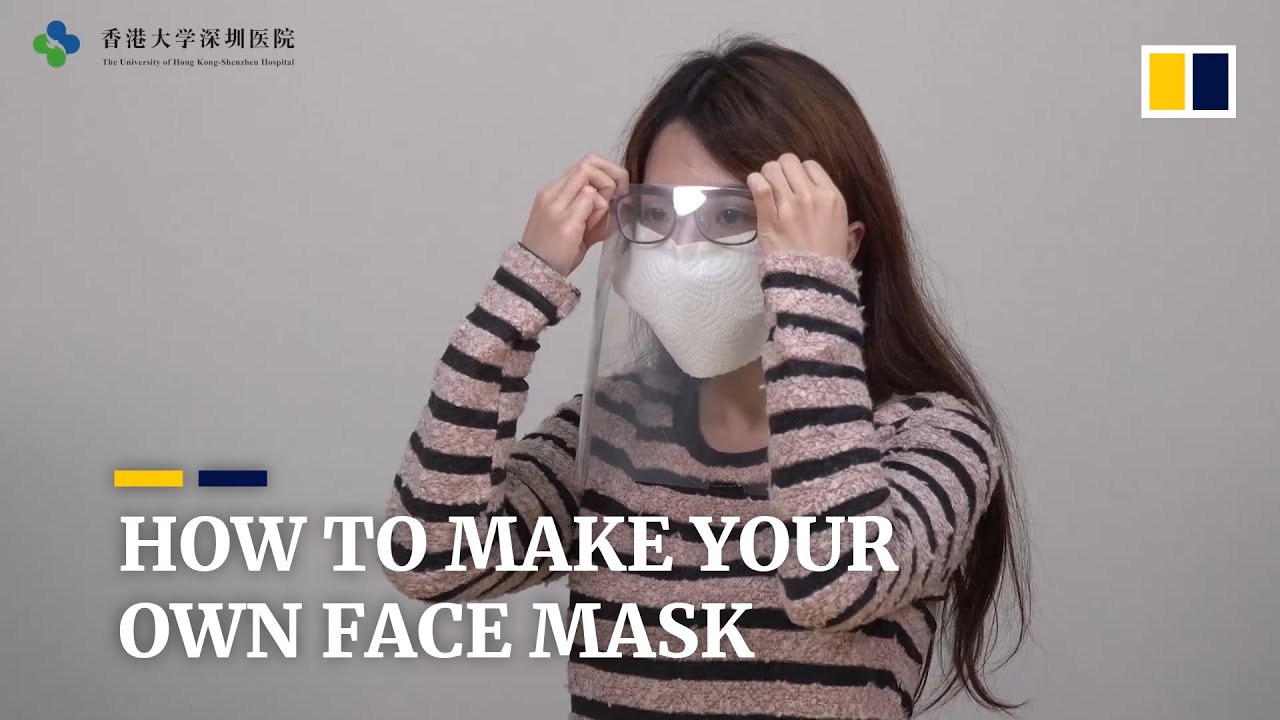Fabric and medical experts weigh in on everything you need to know before donating.
As more information about the coronavirus pandemic develops, some of the information in this story may have changed since it was last updated. For the most up-to-date information on COVID-19, please visit the online resources provided by the CDC, WHO, and your local public health department.
Medical face masks for healthcare workers are running dangerously low due to the rapid increase of COVID-19 patients filling up hospitals and the fact that many consumers are purchasing personal protective equipment (PPE) for their own personal use. Hospitals are asking for donations of N95 respirators (the CDC-recommended masks for healthcare professionals working with infectious patients). But these efforts aren’t enough to keep up with the demand for N95 masks, so businesses and good samaritans are taking it upon themselves to sew masks for doctors, nurses, and other healthcare providers working on the front lines of the novel coronavirus.

The PPE supply has become such a crisis that hospital workers are turning to social media to ask for hand-sewn surgical masks. Facebook groups, YouTube channels, and Instagram accounts are popping up with crafters banding together to figure out how to make homemade masks and get them in the hands of healthcare professionals. If you own a sewing machine, you can join this movement — but there are some important facts you need to know first.
The Good Housekeeping Institute Textiles Lab reached out to medical professionals, sewing experts, and fabric suppliers to pull together everything you need to know about making face masks at home, from sewing tutorials to guidelines from hospitals.
Do fabric face masks actually work?
Yes and no. They’re not as effective as N95 masks, but they’re still useful because hospitals are completely running out of masks altogether. The CDC advises using N95 masks for the best protection, but it says to use a bandana or scarf as a last resort if the hospital-approved masks are not available. Unfortunately we’re at that point in this pandemic, so homemade masks are being made to replace bandanas and scarves.
The homemade versions are also being worn on top of N95 masks to help them last longer. These masks are being rationed wherever they’re still available. Even though they’re made for single use, hospital workers are being told to rewear the same N95 mask for days or even weeks at a time.
If you or someone you know has any N95 masks, hospitals are urging you to donate or sell them. The CDC doesn’t recommend the use of N95 masks for anyone other than healthcare professionals working directly with patients.
What fabric should I use?
The best fabric for homemade masks is a tightly woven, 100% cotton fabric. Things like denim, bed sheets, and heavyweight shirts are all good options. Avoid knit fabrics (e.g. jersey T-shirts) because they create holes when they stretch, which the virus could get through. Make sure to prewash fabrics using hot water to kill germs and to pre-shrink the material so it doesn’t change shape after healthcare workers wash it themselves.
We spoke with several healthcare professionals, and it’s clear that there are no specific guidelines or regulations around making homemade masks at this time. Still, there are some best practices you can follow if you want to help. On top of a sewing machine and fabric, you’ll need a nonwoven filter fabric to help block out particles and a metal piece (like a paper clip) to make it fit snugly around the nose.
If you have clothing or bedding items at home that are in good condition, you can use these instead of having to buy new fabric. On top of that, JOANN stores are donating precut fabric to anyone who wants to make masks. All 860 stores will be offering the materials in their classrooms with sewing machines, which the company says will follow social distancing recommendations. You can also call the store to have the supplies brought out to your car for curbside pickup if you have a sewing machine at home and prefer to not enter the store.
How do I make a homemade face mask?
We worked with Amanda Perna, fashion designer and Project Runway alum, who started sewing face masks after she had to temporarily close her fashion studio due to the coronavirus outbreak. Amanda has been working tirelessly to make as many masks as possible and recruiting seamstresses to join her efforts. We also reached out to some of our top-tested cotton sheet brands like Parachute, Brooklinen, Gryphon, Garnet Hill, Cuddledown, and Authenticity50, and they have generously committed to sending her fabric.
Here is step-by-step guide to sewing medical face masks, including a template you can print at home:
- Print pattern
- Cut pattern out
- Use pattern to cut 2 cotton fabric pieces
- Use pattern to cut 2 interfacing pieces (MUST be nonwoven)
- Place cut fabric with front sides together
- Place both layers of the interfacing together on top of fabric (on the back side of fabric)
- Sew top 9” seam (2.5-3 stitch length is best) with ¼” seam allowance
- Flip open with front side of fabric up
- Press seam flat to one side
- Insert metal piece along seam between the 2 pieces of fabric
- Stitch ½” rectangle that is indicated at top of pattern (with wrong sides together) to secure metal piece
- Flip back to right sides together, stitch bottom 9” seam
- Flip back to right side out and press bottom seam
- Use pattern to help mark pleats. Pleat the 3 pleats all in the same direction, put a pin to keep them in place
- Cut binding tape at 36” per side
- Find the center point of the binding and the center point of the mask and pin the binding on the mask with the mask sandwiched between the binding
- Sew binding
- Repeat on the other side of the mask
- Press pleats
- Finally, pat yourself on the back, because you are making a difference!



